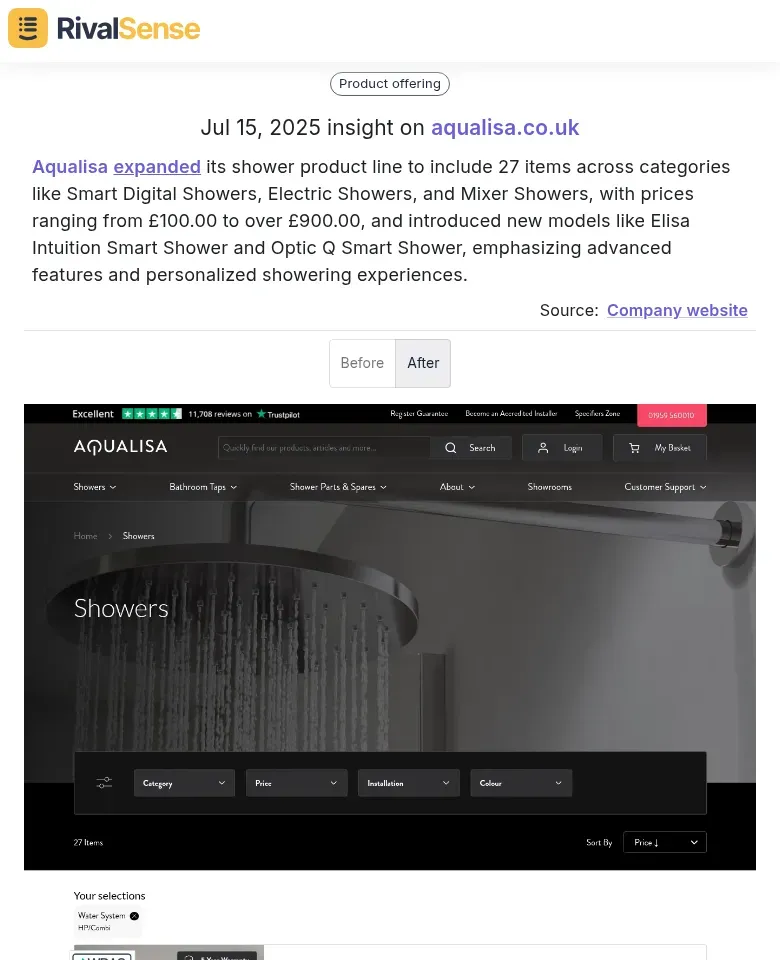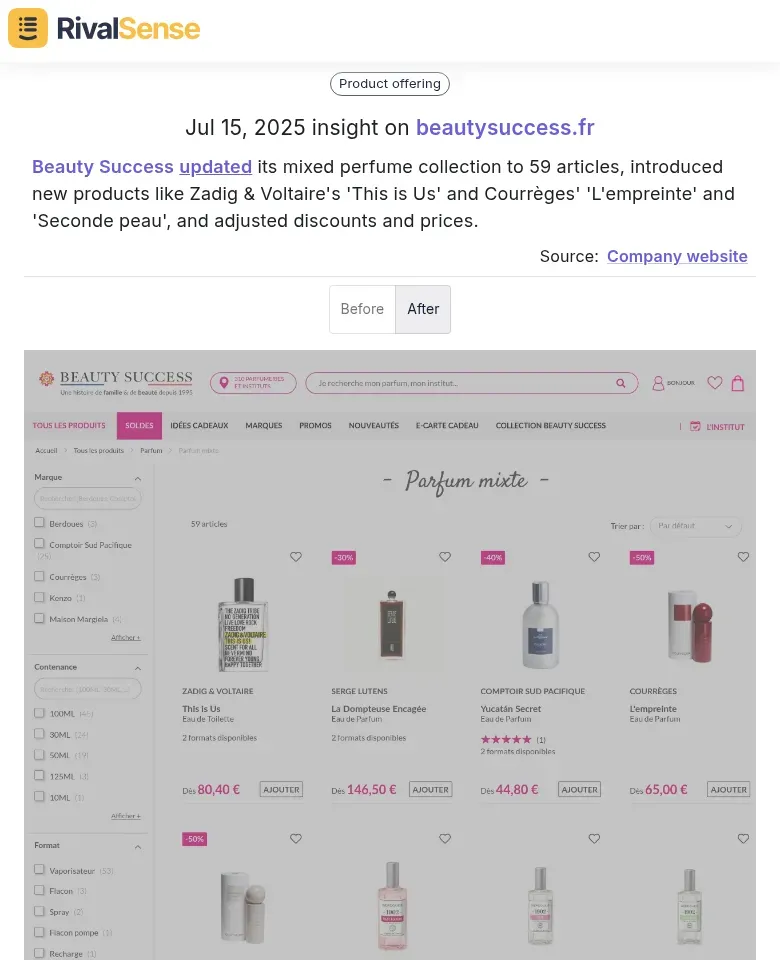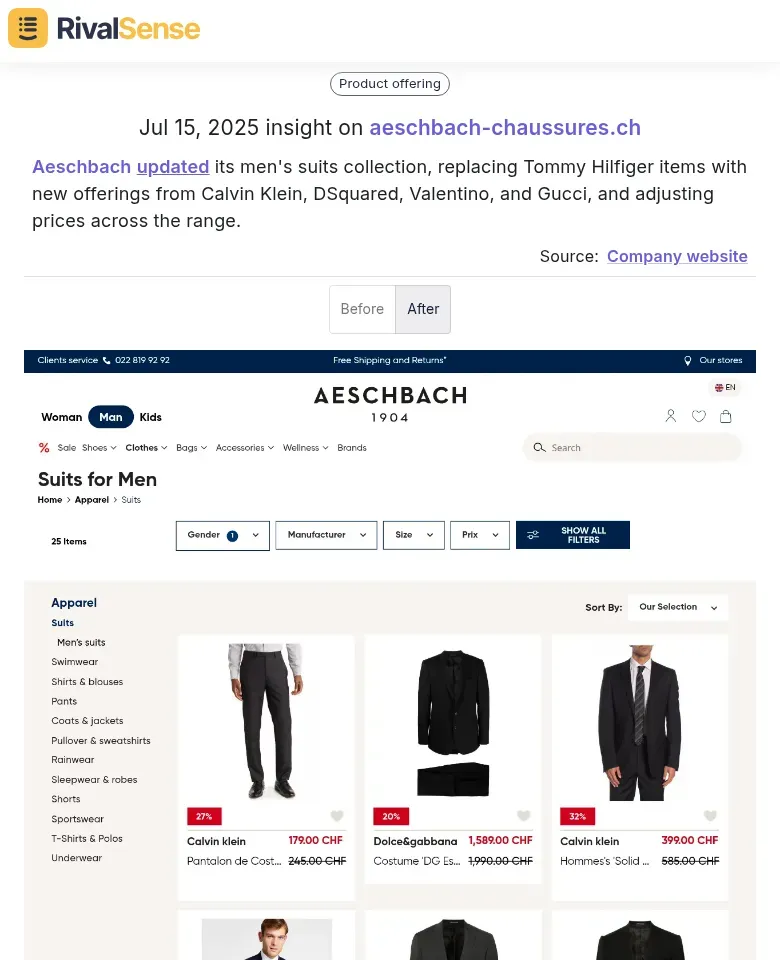Competitive Analysis for Legal Firms: Top Tools and Real-World Tactics
In today's cutthroat legal services market, understanding competitors' strategies is mission-critical for survival and growth. Competitive analysis empowers firms to identify market gaps, benchmark services, and develop differentiation strategies. Manual tracking, however, consumes valuable time and delivers stale insights just as competitors pivot - which is where automated tools revolutionize intelligence gathering.
Modern platforms continuously monitor competitors' pricing shifts, service expansions, online presence, and client engagement tactics. For legal practices, this means real-time alerts when rivals launch new practice areas, adjust retainers, or amplify marketing efforts. These insights transform reactive guesswork into proactive strategy, enabling data-driven decisions that keep your firm ahead.
Key Features of Competitive Analysis Tools
When evaluating competitive intelligence tools for your legal practice, prioritize these essential capabilities:
-
Real-time Activity Monitoring: Seek tools tracking website updates, pricing changes, and marketing moves 24/7. Historical trend analysis is crucial too - spotting that a competitor consistently raises rates every January helps you anticipate market shifts.
-
Comprehensive Analytics & Reporting: Opt for platforms delivering competitor performance metrics, market share analysis, and client acquisition insights. Customizable reports should highlight metrics specific to legal services like case win rates or settlement timelines.
-
Business Move Tracking: Critical for spotting strategic pivots. For example, RivalSense detected Aqualisa's shower product expansion with 27 new items across premium categories - similar insights reveal when competing law firms launch new practice groups or service tiers.

Why it matters: Tracking service diversification helps you counter new competitive threats and identify underserved markets. -
Seamless Software Integration: Ensure compatibility with legal management systems like Clio or LexisNexis. Verify data flows securely between platforms without manual transfers.
✅ Pro Checklist: Test dashboard usability during trials | Confirm GDPR/legal compliance | Prioritize mobile access for on-the-go insights
Top Tools for Legal Competitive Intelligence
Legal-Specific AI Platforms
- Clio Duo: Integrated practice management with GPT-4 technology for document analysis and client communication
- CoCounsel: Thomson Reuters' solution for automated legal research and drafting
- Lex Machina: Litigation analytics predicting case outcomes based on historical patterns
Competitive Intelligence Platforms
- RivalSense: Tracks competitors' service changes, pricing updates, and market positioning. For instance, it flagged Beauty Success' perfume collection expansion - analogous insights reveal when law firms introduce premium service tiers.

Strategic value: Service expansion alerts help you adjust pricing or marketing before losing market share.
| Feature | Legal AI Tools | Competitive Intel Tools |
|---|---|---|
| Primary Focus | Internal efficiency | External market moves |
| Key Strength | Document automation | Competitor tracking |
| Best For | Task reduction | Strategic positioning |
Implementation Roadmap
Integrate competitive intelligence into your legal practice with this action plan:
-
Audit Needs: Identify whether you primarily need competitor tracking (e.g., rival pricing changes) or operational efficiency (e.g., automated brief drafting)
-
Start Focused: Begin monitoring 2-3 key competitors rather than the entire market. Track specific indicators like their premium service pricing or content marketing frequency
-
Automate Alerts: Configure notifications for critical moves - receive SMS when competitors update service pages or announce new practice areas
-
Monthly Review Sessions: Dedicate 30 minutes monthly to analyze insights and adjust strategy
Overcoming Common Challenges
Challenge: Information Overload
→ Solution: Set filters to track only high-impact activities like pricing changes or leadership moves. RivalSense users receive curated weekly reports, avoiding data fatigue while capturing essentials.
Challenge: Reacting Too Slowly
→ Solution: Establish response protocols. When RivalSense detected Aeschbach's suit collection overhaul, subscribers could immediately analyze implications. Similarly, legal firms can create playbooks for competitor moves.

Challenge: Integration Complexity
→ Solution: Start with standalone tools requiring minimal IT support. Competitive intelligence platforms often offer plug-and-play setup versus complex legal AI integrations.
Strategic Next Steps
Competitive intelligence transforms legal practices from reactive service providers to proactive market leaders. To operationalize these insights:
- Prioritize one competitive gap to address this quarter (e.g., match premium service offerings)
- Implement tracking for 2 critical competitor activities
- Schedule monthly strategy sessions to review insights
Ready to see competitive intelligence in action?
Try RivalSense Free and get your first competitor report today. Discover how your firm stacks up against rivals - without manual research or guesswork.
📚 Read more
👉 How Tungsten Automation's CFO Move Sparked a Rival's Strategic Shift
👉 Beginner’s Guide to Twitter Competitor Insights & Response Prediction
👉 5 Common Mistakes in Tracking Competitor Breaches in Ride-Hailing
👉 Strategic Competitor Insights: Mastering Partnerships & Client Intelligence
👉 Apify's LinkedIn Scraper Update: Strategic Implications and Action Steps
